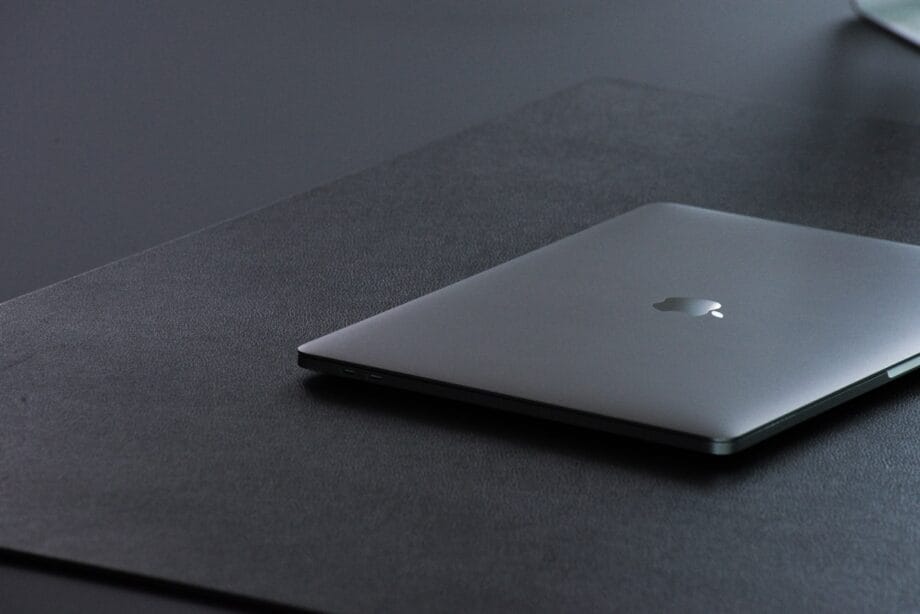Anticipation Grows for Apple’s Next-Gen MacBook Pro
The speculation surrounding Apple’s forthcoming premium portable computer is escalating to an astonishing level of excitement. Should the prevailing rumors prove accurate, the M5 MacBook Pro may herald a significant shift from its predecessor, potentially introducing groundbreaking connectivity, enhanced display quality, and a novel user interface experience. Is Apple poised to unveil its most feature-laden laptop to date?
In the wake of the annual, highly anticipated unveiling of the iPhone 17, attention within the Mac community is now firmly fixed on forthcoming announcements regarding the highly anticipated MacBook Air and MacBook Pro. Nonetheless, murmurs emanating from supply chains indicate that the current generation may only receive a handful of incremental improvements.
The upcoming MacBooks, powered by the M5 chipset, are anticipated to debut in the first quarter of 2026, showcasing updated versions of both the MacBook Pro and MacBook Air. While these M5 models are expected to provide a beneficial enhancement in performance and battery longevity, they are largely perceived as an incremental mid-cycle upgrade rather than an overhaul of design.
Significantly, Apple’s major innovations for the MacBook may eschew the M5 generation entirely, with an anticipated launch slated for late 2026 or early 2027, featuring a new chipset, refined display technology, and cutting-edge connectivity options.
The Next-Generation M6 Chip: Performance and Predictability
The most notable divergence between the rumored model and the expected M5 MacBook Pro lies in the anticipated next-generation M-Series Apple Silicon chip. Details about the release of new Mac hardware remain sparse; however, the rhythm of the chip upgrade cycle has become increasingly predictable. This is primarily due to Apple’s tendency to unveil M-Series chips alongside iPad Pro updates.
Although not officially confirmed, the M5 chipset is predicted to commence shipping in the iPad Pro by the year’s end, subsequently making its way into MacBooks in the following quarter. According to a report by Forbes, Apple plans to integrate M5-series chips into all MacBooks released throughout 2026, while a significant upgrade for the MacBook Pro is not anticipated until 2027.
The Apple Silicon M5 chipset is expected to debut in the iPad Pro prior to its introduction in the MacBook Pro. A recent unboxing video featuring an M5-equipped iPad Pro has surfaced from a Russian creator, eliciting considerable excitement.
In the wake of the unboxing, the video transitions to initial impressions and performance benchmarking regarding the M5 chip. This anticipated enhancement suggests that the M5’s single-core benchmark may rival that of the higher-end M4 Max.
Mark Gurman from Bloomberg observed that the most astonishing aspect of the iPad Pro leak was not the technical specifics, but the nature of the breach itself. While concealing comprehensive hardware details is a formidable challenge due to the intricacies of supply chains, a finalized product being ‘in circulation’ prior to its official release is a rarity.
Notably, Apple might choose to forgo waiting for the M6 series to implement a substantial MacBook upgrade, opting instead for premium iterations of the M5 series, such as the M5 Ultra.
Regardless of nomenclature, each iteration of Apple Silicon has historically afforded performance improvements of 15 to 25 percent alongside enhancements in battery life. This trend is likely to persist as anticipation builds for the major MacBook Pro upgrade.
Apple’s Position on Touchscreen and OLED
Two features remain conspicuously absent from the MacBook lineup, despite being commonplace in Windows laptops for nearly a decade. Apple steadfastly maintains its opposition to integrating both OLED and touchscreen technology into its MacBook displays.

The absence of touchscreen functionality is glaring. It has become a standard feature on numerous Windows laptops, and users are innately accustomed to it from their smartphones and tablets. Many analysts suggest that Apple’s reluctance to implement touch support is primarily driven by a desire not to compromise the iPad Pro’s unique selling proposition.
As iPadOS and macOS increasingly converge in terms of design, functionality, and application compatibility, the leadership team, under Tim Cook, appears to be strategically positioning for the eventual integration of touch input in laptops.
Is It Time to Acquire a New MacBook Pro?
The Apple MacBook range, particularly the MacBook Pro, has gradually diminished in prominence since the transformative introduction of Apple Silicon M-Series devices in 2020.
Despite three subsequent updates to Apple Silicon (with a fourth on the horizon), the chassis has undergone only minor, predominantly cosmetic modifications, featuring dimensional adjustments, changes in surface coatings, and the addition of a 15-inch MacBook Air variant.
For those prioritizing sheer power, it would be prudent to await the next iteration of the MacBook Pro. However, if the desire is for genuinely innovative features that align with the specifications of high-end Windows laptops, a brief period of patience may be warranted.
Source link: Inkl.com.






